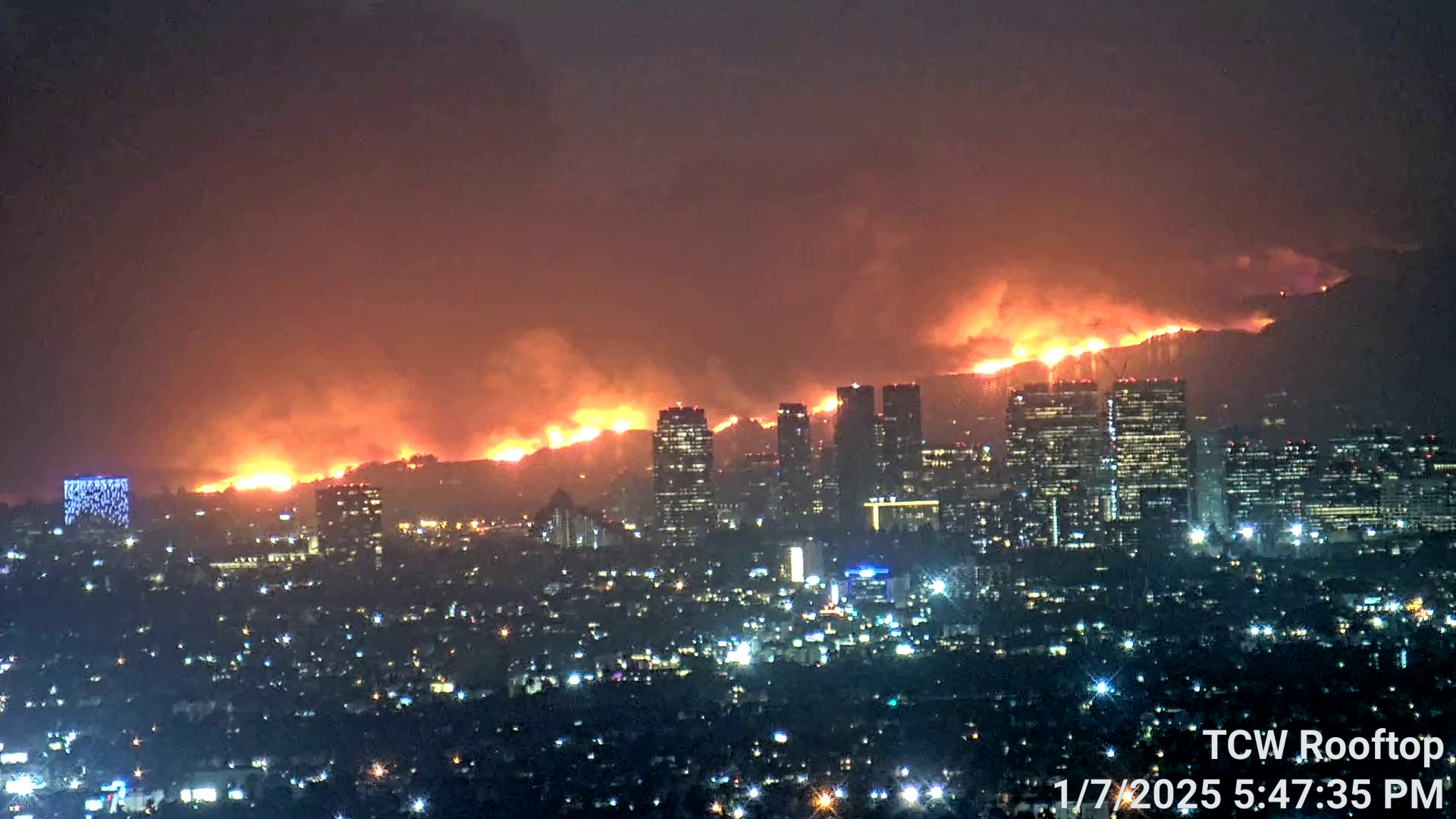
January 13, 2025, by Brigitte Nerlich
Wildfires and wild liars
I have written about wildfires and bushfires and climate change since 2012, here, here, here, here and here, for example. I should have written about the Paradise Fire or the Maui Fire, but I didn’t. And now we have the awful Southern California urban wildfires. What can one say? Fortunately, people more knowledgeable than I am have written about such fires and climate change, and it’s time to look again at what they have said. Will anybody listen though? Probably not, despite the fact that 2024 was the hottest year on record for the world’s land and oceans. But one can but try.
Here are a few books that have tried to warn humanity of the impending dangers posed by mega or monster fires for almost a decade. I’ll pick up three here, by Payne, Zask and Vaillant. There are probably many more, as well as novels and graphic novels…and songs, and even exhibitions.
The pyrocene
In 2015 the fire historian Stephen J. Payne coined the term Pyrocene, an era defined by catastrophic fires, as a catchphrase in an essay entitled “Fire Age” published in Aeon. Many other books, including Fire: A brief history and a 2019 piece for The Conversation entitled “California wildfires signal arrival of a planetary fire age”.
In 2021, Payne published the book The Pyrocene: How We Created an Age of Fire, and What Happens Next, in which he tells the story of what happened ‘when a fire-wielding species, humanity, met an especially fire-receptive time in Earth’s history’.
The burning forest
In 2019 the philosopher Joëlle Zask published a book Quand la forêt brûle: Penser la nouvelle catastrophe écologique (When the forest burns: Thinking the new ecological catastrophe). In 2020 she gave an interview in which she took up Payne’s term and said “Nous ne vivons pas seulement dans l’Anthropocène mais dans le Pyrocène. Le feu est responsable d’une accélération du réchauffement climatique.” (We not only live in the Anthropocene but in the pyrocene. Fire is responsible for an acceleration of global warming) Since 2015 the term pyrocene has travelled far and wide and there is now a wiki article about it.
Fire weather
In 2023 journalist and author John Vaillant wrote a book Fire Weather: On the front lines of a burning world. (Translated into German under the title Die Bestie – the beast) This is a “gripping account of Canada’s 2016 Fort McMurray fire”.
In a recent interview about the Los Angeles fires, he said: “Climate science ain’t rocket science. When you make things hotter and drier, they burn more easily. We have basically tweaked nature, pissed it off and we have altered the climate of this planet in a way that makes it more hostile to our ambitions and safety.” In another interview he says that we have given earth a fever – all metaphors to be explored in the future.
Looking at the Fort McMurray fire (and that applies as well to the the Maui fire and now the Los Angeles fires, especially the Palisades fire) he gives a warning that we should head: “You had the drought, you had the fuel, you had the wind and that’s all you need. That can be recreated anywhere in the world. Any city can burn now. LA is effectively surrounded by fires and the wind will decide the fate of LA.”
Similar to Payne, who replaced the Holocene/Anthropocene with the Pyrocene, Vaillant suggests replacing the term homo sapiens with homo flagrans, burning man.
Fires and liars
I would add that the danger doesn’t only come from our mishandling and misunderstanding of fire as homo flagrans but that, at this very moment, the some of the most urgent dangers to the human world might arise from us becoming homo mendacem, lying man. We are surrounded by a blaze, even a firestorm, of lies and a wildfire of conspiracy theories, and it will be increasingly difficult to organise the world in such a way that we can deal with extreme events like wildfires, floods, droughts and hurricanes in an orderly fashion. As a section heading in a Framelab article says: “Lying Liars and Los Angeles on Fire”.
Further reading
There are also interesting academic articles one can explore, including on metaphor! And again, I have probably only skimmed the top of the iceberg.
McGarry, A., & Treré, E. (2024). Fire as an aesthetic resource in climate change communication: exploring the visual discourse of the California wildfires on Twitter/X. Visual Studies, 1-15.
Marghetis, T., & Matlock, T. (2024). Metaphorical framing of wildfires shapes what they are, how they act, and how we should respond. Metaphor and Symbol, 40(1), 38–50.
Ko, J. W., Ni, S., Taylor, A., Chen, X., Huang, Y., Kumar, A., … & Hopfer, S. (2024). How the experience of California wildfires shape Twitter climate change framings. Climatic Change, 177(1), 17.
Terracina-Hartman, C. (2020). Fanning the flames: How US newspapers framed 10 historically significant US wildfires. Newspaper Research Journal, 41(3), 368-386.
Matlock, T., Coe, C., & Westerling, A. L. (2017). Monster wildfires and metaphor in risk communication. Metaphor and Symbol, 32(4), 250-261.
Morehouse, B. J., & Sonnett, J. (2010). Narratives of wildfire: Coverage in four US newspapers, 1999-2003. Organization & Environment, 23(4), 379-397.
Image: By Toastt21 – Own work, CC BY-SA 4.0: Photo still image from PTZ Camera on roof of high rise in Downtown Los Angeles – taken of Palisades Fire at peak intensity
No comments yet, fill out a comment to be the first

Leave a Reply